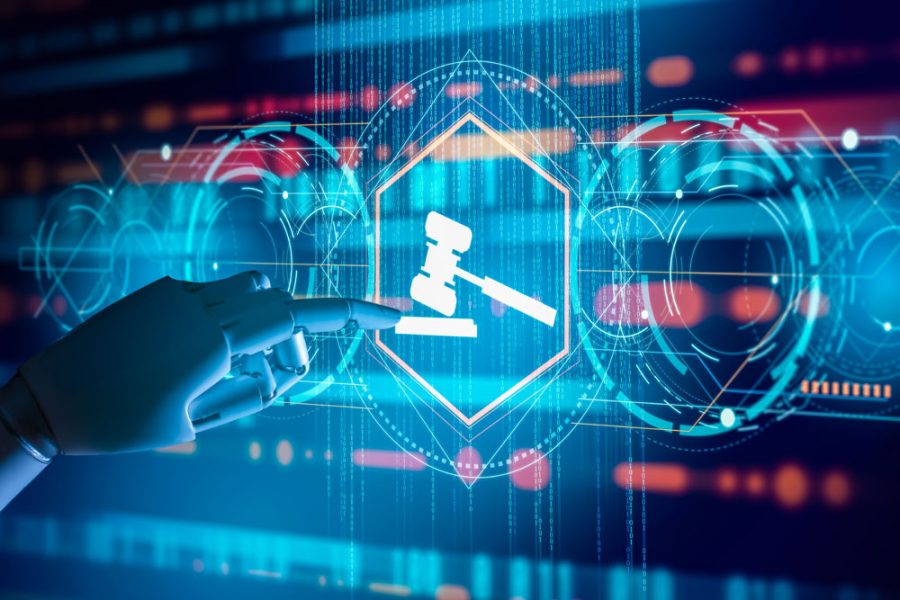As artificial intelligence (AI) continues to revolutionize industries and daily life, the legal landscape is adapting to address the complex issue of product liability. This guide explores the intersection of product liability and AI, shedding light on the legal implications, challenges, and considerations for manufacturers, consumers, and legal professionals navigating this evolving terrain.
1. The Rise of AI in Products:
AI technologies are increasingly integrated into various products, from smart home devices to autonomous vehicles. While these innovations enhance functionality and convenience, they also raise questions about responsibility and accountability in the event of malfunctions, errors, or accidents.
2. Defining Product Liability in the AI Era:
Product liability traditionally holds manufacturers, distributors, and sellers accountable for producing and selling products that are safe for consumers. In the context of AI, defining liability becomes more complex, as issues may arise not only from physical defects but also from algorithmic errors, data misuse, or unintended consequences of AI-driven decision-making.
3. Challenges in Establishing Liability:
Determining liability in AI-related product incidents poses unique challenges. Identifying whether a defect lies in the physical product, the underlying software, or the dataset used for training becomes crucial. Additionally, the dynamic and self-learning nature of AI systems can complicate the attribution of responsibility.
4. Regulatory Landscape for AI Products:
As AI technology evolves, regulators are working to establish frameworks for responsible AI development and use. Understanding and complying with these regulations is paramount for manufacturers to mitigate potential liability risks. Legal professionals must stay informed about emerging standards to provide effective counsel.
5. Informed Consumer Consent:
Transparent communication and obtaining informed consent from consumers regarding AI features and potential risks are essential. Manufacturers must convey the capabilities and limitations of AI in their products, empowering consumers to make informed decisions about their usage.
6. Evolving Case Law:
The legal landscape for AI-related product liability is still unfolding, and case law plays a crucial role in establishing precedents. Attorneys and legal professionals involved in product liability cases must stay abreast of emerging decisions to effectively navigate this rapidly evolving field.
7. Product Liability Insurance:
Manufacturers and businesses incorporating AI into their products should evaluate the adequacy of their product liability insurance coverage. Specialized policies that address the unique risks associated with AI technologies can provide financial protection in the event of legal challenges.
8. Collaborative Industry Efforts:
Industry collaboration is vital in developing standards and best practices for AI product liability. Manufacturers, legal experts, and regulators working together can contribute to the creation of a framework that balances innovation with consumer protection.
As AI technologies continue to transform the products we use, the intersection of product liability and AI presents a complex and evolving landscape. Manufacturers, consumers, and legal professionals must navigate this terrain with a nuanced understanding of the challenges and considerations involved. Establishing liability, complying with regulations, and fostering transparent communication are essential for ensuring that AI-driven products not only innovate but also prioritize safety and accountability in our increasingly AI-powered world.

